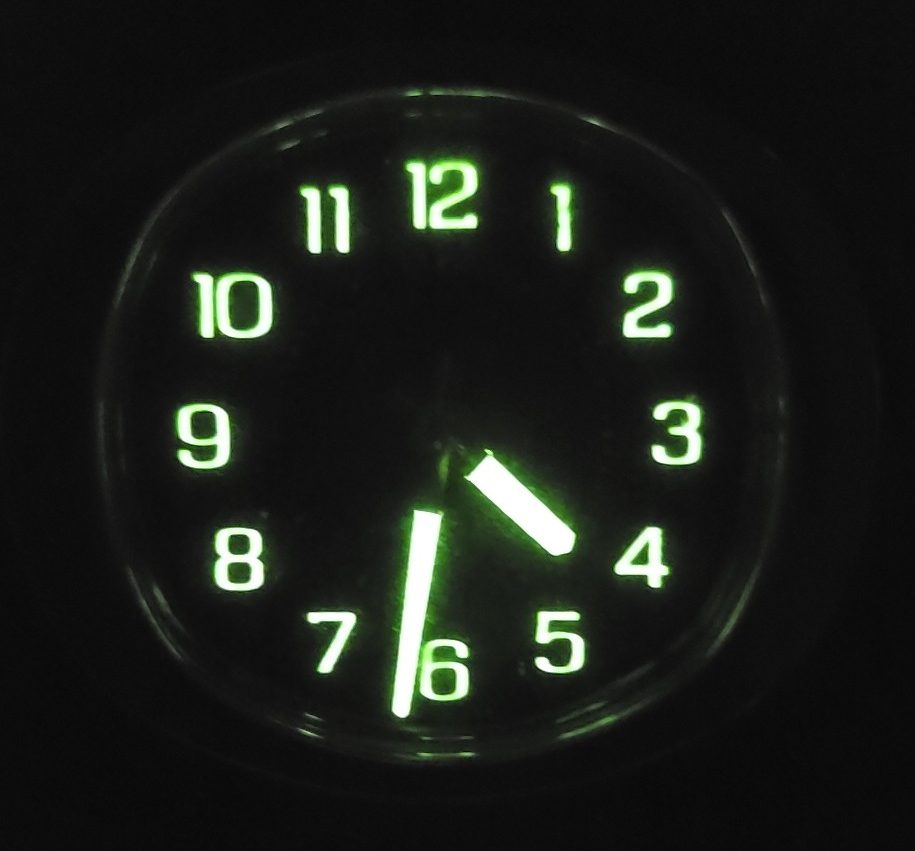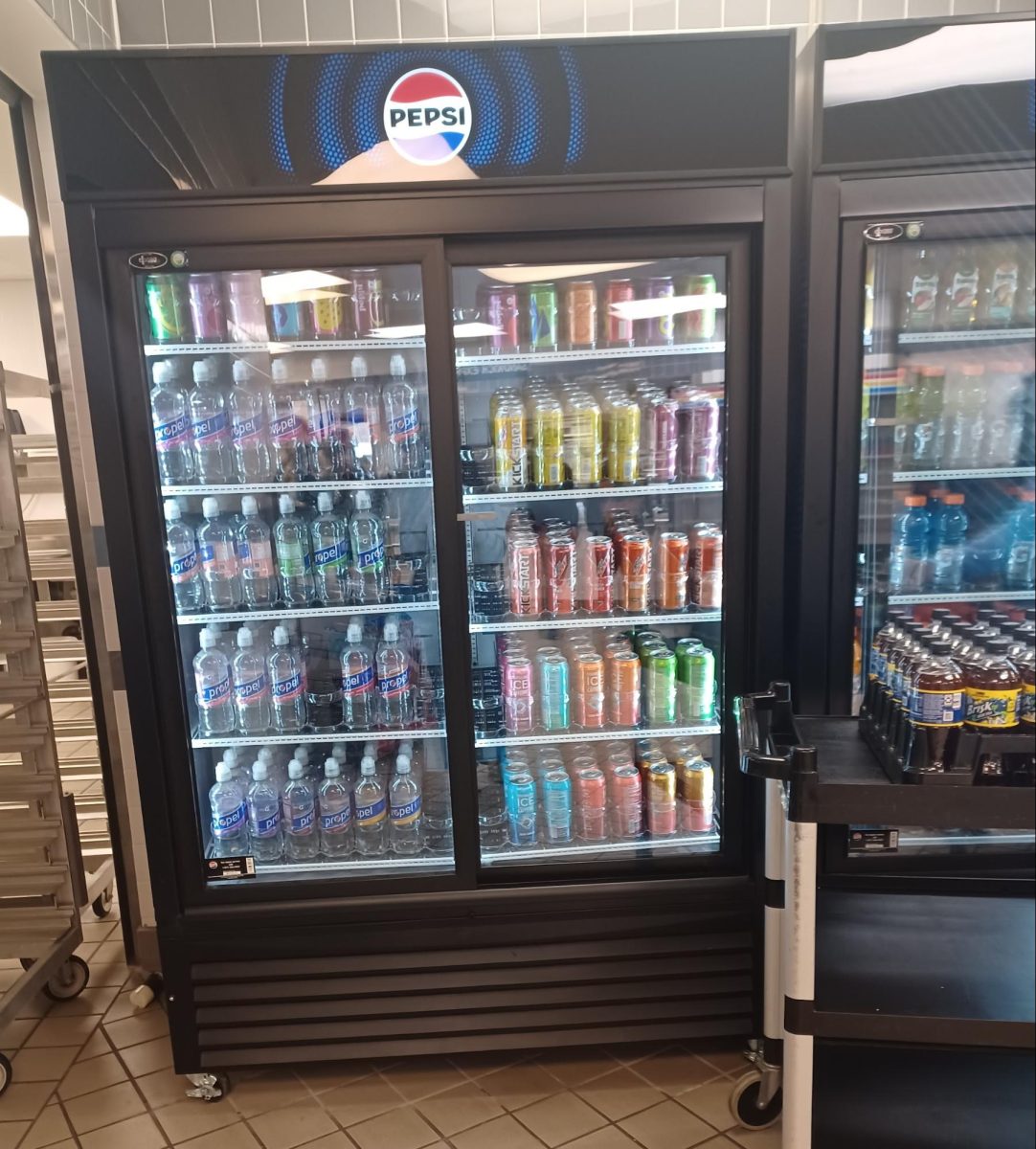The Kaneland Theatre Department put on Radium Girls as the fall play this year. It is the story of teenage girls who worked in a dial painting factory in the 1920s. The girls were using radium paint to paint the luminescent watch and clock dials and would often use their lips to bring the brushes to a fine point. When their fellow workers started to fall ill with a mysterious illness, the girls blamed the company, and the harmful effects of radium came to light.
Not only is this a fascinating show full of drama, strength and a bit of romance, but it is a true story.
Radium Girls by D. W. Gregory is set in the town of Orange, NJ, where the initial encounters with radium poison occurred. The first girl to die of radium necrosis was Amelia Maggia, but the company blamed her death on syphilis (a topic that none would discuss back then, especially as a woman). When more girls started to exhibit symptoms similar to Maggia’s and these girls started dying, they exhumed Maggia’s body for a second autopsy. When the body was exhumed, her bones were glowing. Doctors and scientists concluded that there was 500 times the safe amount of radium in her than a body can withstand.
The case rose to fame when Grace Fryer (the protagonist of the play and a real person) started to sue the company for her troubles. With the help of New Jersey Consumers’ League Chairman Katherine Wiley and Attorney Raymond Berry, the president of the U.S. Radium Corporation, Arthur Roeder and the rest of the corporation were brought to a long, tedious trial. According to the National Museum of Nuclear Science and History, “[The girls] would eventually settle for $10,000 each and a $600 annual payment, although none of them would survive more than two years after the settlement.” The suit led to the beginnings of what would become the U.S. Occupational Safety and Health Administration (OSHA).
The story out of New Jersey made national headlines and resonated with a group of dial painters much closer to our home. There was a similar plant in Ottawa, IL, the Radium Dial Company, where similar events were taking place. Girls were mysteriously falling ill with anemia and necrosis of tissues, and they didn’t know what was causing it, until the Fryer case of course.
Radium, an element discovered by Polish-French scientist Marie Curie, was thought to have revitalizing qualities in the 1920s, as it had been used to treat cancer. Radium was even mixed with water to create a drink called “Radithor” which was said to have revitalizing qualities. What was not known, however, is that too much exposure to the radioactive element could cause the breakdown of healthy cells. In the case of the Radium Girls, the exposure to the luminescent material was through their paint brushes.
Necrosis started in the gums of their mouths and a few teeth would fall out, but would never heal. Then, their jaw bones began breaking off and falling out. Most girls died a slow, gruesome death, gradually losing the ability to eat, and eventually the broken jaw would puncture a jugular vein.
Catherine Wolfe Donohue was Ottawa’s Grace Fryer. Donohue was made the face of the Ottawa trial. She fought for the workers’ rights and even passed out on the stand while she was testifying because she was so sick. She died before the Ottawa girls won the case.
Although the Radium Dial Company of Ottawa closed in 1937, the building and surrounding land remained deeply contaminated from the radium.
According to the Historical Marker Database, the Illinois Department of Nuclear Safety (IDNS) oversaw the demolition and removal of all radioactive materials in 1985. Many Ottawa residents claimed that much of the material was improperly disposed of. In 1986, the U.S. Department of Energy surveyed the impacted area again and “identified abnormal radiation levels at various locations throughout the city and surrounding areas. Staff from the Department of Nuclear Safety identified 14 areas with radium contamination.” Of these contaminated areas, 11 have been cleaned up by the Environmental Protection Agency, with the last three remaining waiting on the proper funding.
In 2011, a statue was erected on the site of the old Radium Dial Company in Ottawa, IL. It depicts a young woman holding a paintbrush and a dying tulip, a haunting reminder of the suffering of the Radium Girls. The half life of radium is 1,600 years, meaning the bones of the girls who lived this tragic tale still glow, and will continue to glow for a long time.
Because of this tragic tale and its repercussions, the Occupational Safety and Health Administration was created. OSHA’s mission is to “assure America’s workers have safe and healthful working conditions free from unlawful retaliation.”
Fryer and Donohue did not live to see the effects of their brave actions, but they changed U.S. workplaces forever.
“It’s not for myself I care,” Fryer said. “I am thinking more of the hundreds of girls whom this may serve as an example.”













